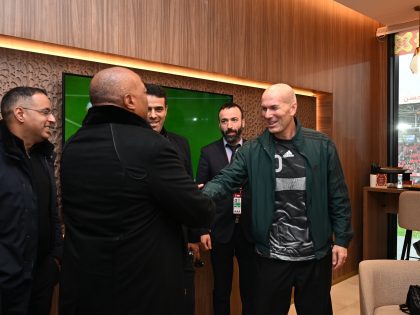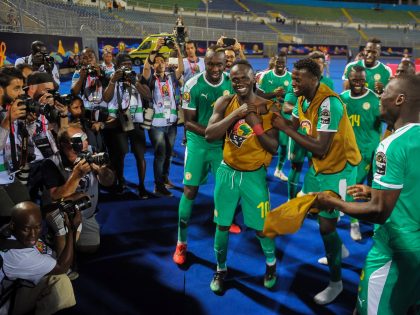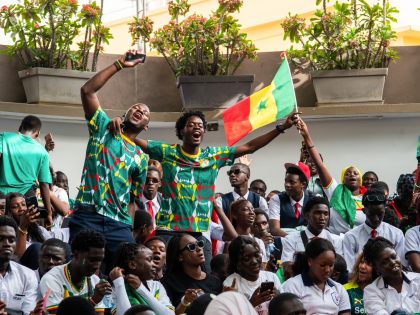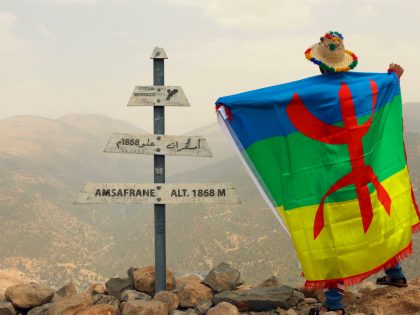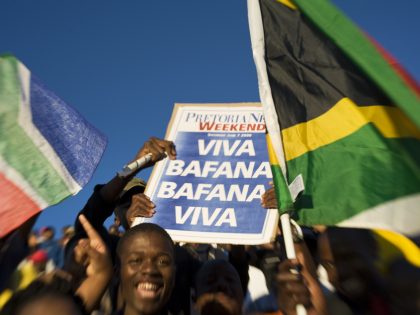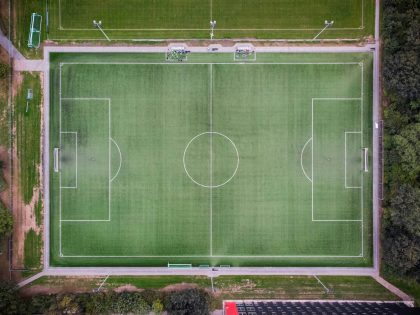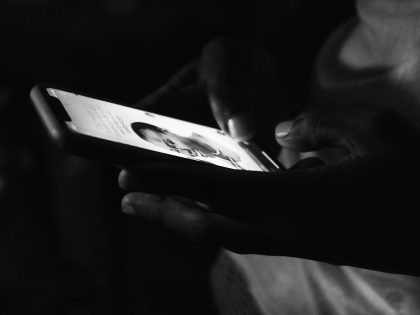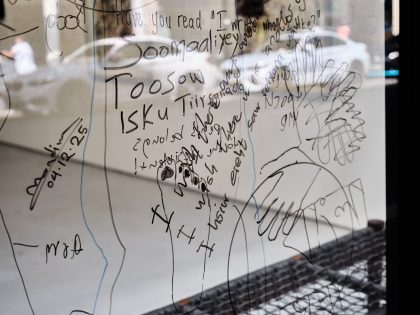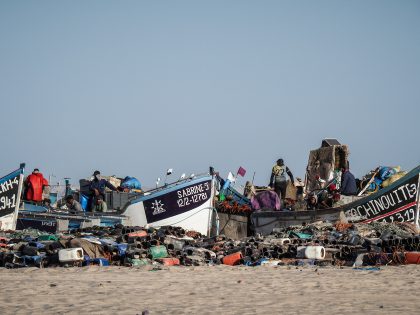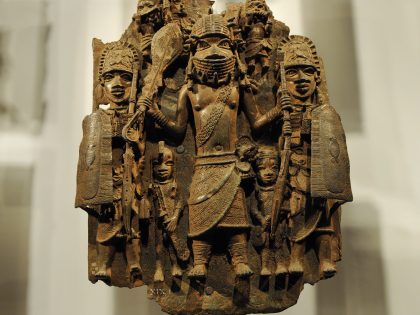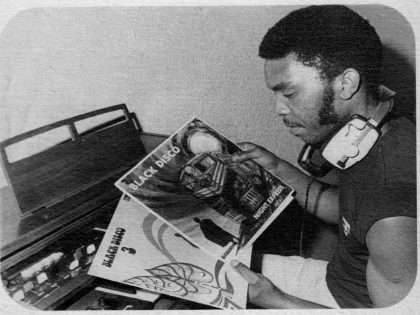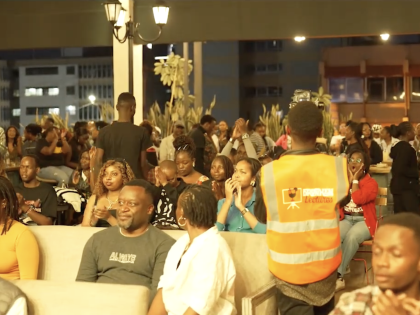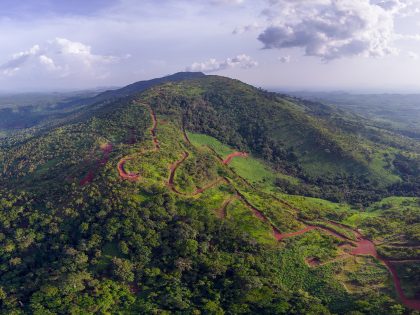Europeans ‘rescuing’ African art from obscurity again
For years Bisi Silva, Nana Oforiatta-Ayim and others have been active players in the art world. Why are they being written out of the story?

Nomaduma Rosa Masilela, Bisi Silva (center) and Serubiri Moses (right). Image credit Serubiri Moses.
On April 1st, the Saatchi Gallery in London held a private preview for its new exhibition, Pangaea: New Art from Africa and Latin America, ahead of the five-month long show. Attendees remarked at the variety of art on display and the event was described by many as a resounding success. Following the opening, this article written by Colin Gleadell was published the UK’s Telegraph newspaper in which the author begins with hostility:
Visitors to the Saatchi Gallery hoping to spot the next big thing in the art market as seen through the great collector’s eyes should take care. So many of the shows, upstairs particularly, are not of works in his collection or that he has bought. These are exhibitions taking place under his roof in order to pay the rent.
Gleadell goes on to suggest that in holding this exhibition Saatchi has become a philanthropist in his support of poor artists.
But this show reveals a philanthropical side to his activities. In the African art section are a number of works by the Ivory Coast painter, Aboudia, and by Boris Nzebo, a painter from Cameroon. Both artists were living in poverty when Saatchi bought their work.
Is this to say that the artists are lucky to get handouts? The implication also disregards the desire of those artists who create to inspire and educate through their passion, and not simply for financial gain.
Gleadell then describes Jack Bell, a young Australian gallerist based in London, as some sort of saviour of African art- rescuing artists from the deep dark pits of oblivion since 2010.
Portraying Bell as a valiant redeemer is nothing short of a spit in the face of the many gallerists, curators and writers whose efforts in supporting, mentoring and opening doors for artists have been unwavering.
For years Bisi Silva, Nana Oforiatta-Ayim, Koyo Kouoh and Elvira Dyangani Ose, to name a few, have been active players in the art world.
Why are they being written out of the story? What about the work of Paula Nascimento who contributed to success of the Angola pavilion at the Venice Biennial last year? And that of David Adjaye?
Or the artists with long-spanning careers, El Anatsui, Malick Sidibe and the late Gerard Sekoto, can they not take any credit for their great work that has also helped put other African artists in the limelight?
The matter goes beyond Jack Bell.
These actors do not deserve to have the wide-range of opportunists past and present, who flock to the continent to “discover Africa”, ride on their coat-tails.
I don’t know whether Bell is aware of or had any input into Gleadell’s article but I sincerely hope not. It is sad that he is being shown in this light.
The article is disgraceful and I urge participants in the art world in Africa and Latin America to shun and rally against this neo-colonial narrative and reclaim their work for themselves.
Do so before the “cultural vultures” (as Oforiatta-Ayim succinctly put it) pick it apart, gobble it up and leave both continents with nothing but bare bones.
